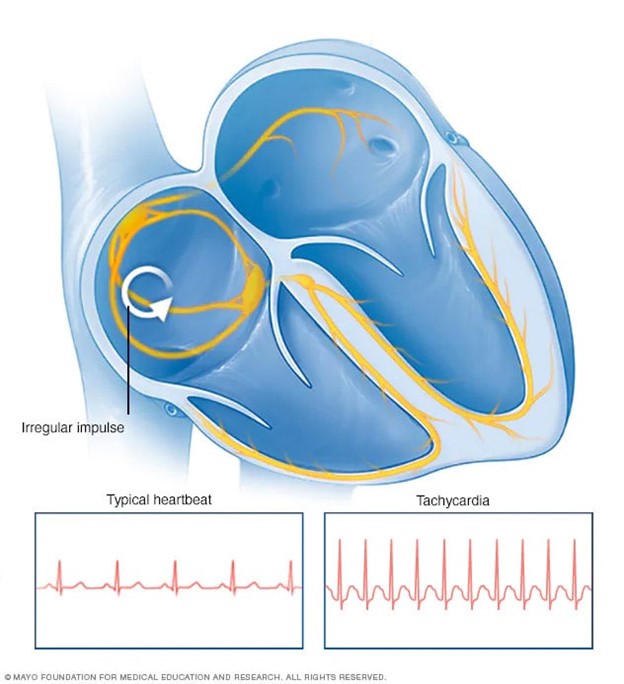A nurse is providing teaching to a client who has heart failure about limiting sodium intake to 1,000 mg/day. The nurse should inform the client that which of the following dairy products has the highest sodium content?
1 cup milk.
4 oz vanilla pudding.
1/2 cup yogurt.
2 oz processed cheese.
The Correct Answer is D
Choice A rationale: 1 cup of milk contains about 100 mg of sodium. This is a moderate amount of sodium, but it is not the highest compared to the other options.
Choice B rationale: 4 oz of vanilla pudding contains about 153 mg of sodium. This is higher than the sodium content in 1 cup of milk, but we need to compare it with the other options.
Choice C rationale: 1/2 cup of yogurt contains about 86 mg of sodium. This is less than the sodium content in both 1 cup of milk and 4 oz of vanilla pudding.
Choice D rationale: 2 oz of processed cheese can contain around 375 mg of sodium. This is significantly higher than the sodium content in 1 cup of milk, 4 oz of vanilla pudding, and 1/2 cup of yogurt.
So, the correct answer is, after analyzing all choices, D. 2 oz of processed cheese has the highest sodium content.
Nursing Test Bank
Naxlex Comprehensive Predictor Exams
Related Questions
Correct Answer is B
Explanation
Choice A rationale:
Distended neck veins - Distended neck veins are typically associated with increased fluid volume or right-sided heart failure. In the case of dehydration, the fluid volume is reduced, and the veins are more likely to appear collapsed rather than distended.
Choice B rationale:
Tachycardia - Dehydration leads to a reduction in blood volume and a subsequent decrease in blood pressure. To compensate for this drop in blood pressure, the heart rate tends to increase. Tachycardia (an elevated heart rate) is a compensatory mechanism aimed at maintaining an adequate cardiac output despite reduced circulating blood volume.

Choice C rationale:
Hypertension - Dehydration typically leads to decreased blood volume, which in turn results in decreased blood pressure. Hypertension, or high blood pressure, is not a common finding in dehydration. Instead, low blood pressure (hypotension) is more likely.
Choice D rationale:
Decreased respiratory rate - Dehydration primarily affects the cardiovascular system, leading to reduced blood volume and subsequent compensatory mechanisms such as increased heart rate. The respiratory rate is not directly influenced by dehydration, so a decreased respiratory rate would not be a typical finding.
Correct Answer is D
Explanation
Choice A rationale:
Almonds do not contain a high percentage of water. They are a dry and crunchy snack with minimal water content, making them an inappropriate choice for maintaining hydration.
Choice B rationale:
Cheddar cheese is not a food with a high water content. It is a dairy product that has been processed and does not provide a significant source of water to help prevent dehydration.
Choice C rationale:
While whole-wheat bread may have some water content, it is not among the options with the greatest percentage of water. The moisture in bread is not as significant as in other options.
Choice D rationale:
Broccoli contains a substantial amount of water and is an excellent choice for maintaining hydration. It is a water-rich vegetable that can contribute to the body's water needs, making it a suitable recommendation for preventing dehydration.
Whether you are a student looking to ace your exams or a practicing nurse seeking to enhance your expertise , our nursing education contents will empower you with the confidence and competence to make a difference in the lives of patients and become a respected leader in the healthcare field.
Visit Naxlex, invest in your future and unlock endless possibilities with our unparalleled nursing education contents today
Report Wrong Answer on the Current Question
Do you disagree with the answer? If yes, what is your expected answer? Explain.
Kindly be descriptive with the issue you are facing.
